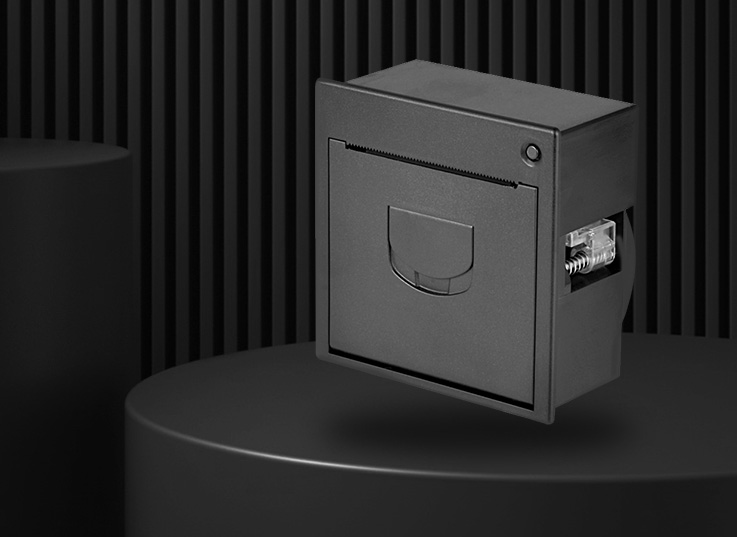
 2022-11-26
2022-11-26 2025-11-27
2025-11-27Faint printing is a common issue that disrupts document clarity, whether for work reports, school assignments, or personal records. The root causes often lie in easily addressable components, making DIY troubleshooting a practical first step. First, check the ink or toner levels. For inkjet printer
 2025-11-26
2025-11-26Wireless network connection anomalies are one of the most common problems users encounter when using printers, which can significantly disrupt work efficiency. There are several main causes behind this issue. First, signal interference is a major factor. Household or office environments are filled w
 2025-11-25
2025-11-25Scanned files often take up large storage space, especially high-resolution color documents or images, which can cause difficulties in file transfer, storage, and sharing. Mastering effective scanning file compression techniques is essential for optimizing file size while maintaining acceptable qual
 2025-11-22
2025-11-22Setting up QR code printing from a mobile phone simplifies wireless printing, ideal for home or small-office use. Most modern printers (inkjet/laser) support this via built-in Wi-Fi, Bluetooth, or manufacturer apps.First, ensure compatibility: Check if your printer has Wi-Fi/Bluetooth and supports “
 2025-11-21
2025-11-21Industrial Grade Interface Panel Thermal Printer: The Reliable Data Output Core for Harsh Industrial Environments In industrial scenarios such as smart manufacturing workshops, petrochemical plants, heavy machinery workshops, and logistics and warehousing centers, data output (e.g., production pr
 2025-11-21
2025-11-21Printer print edge burrs (also known as “frayed edges” or “rough margins”) refer to uneven, jagged, or fibrous edges on printed materials—common in paper-based printing, especially with thick media (e.g., cardstock, photo paper) or when using laser/inkjet printers with misconfigured settings. These